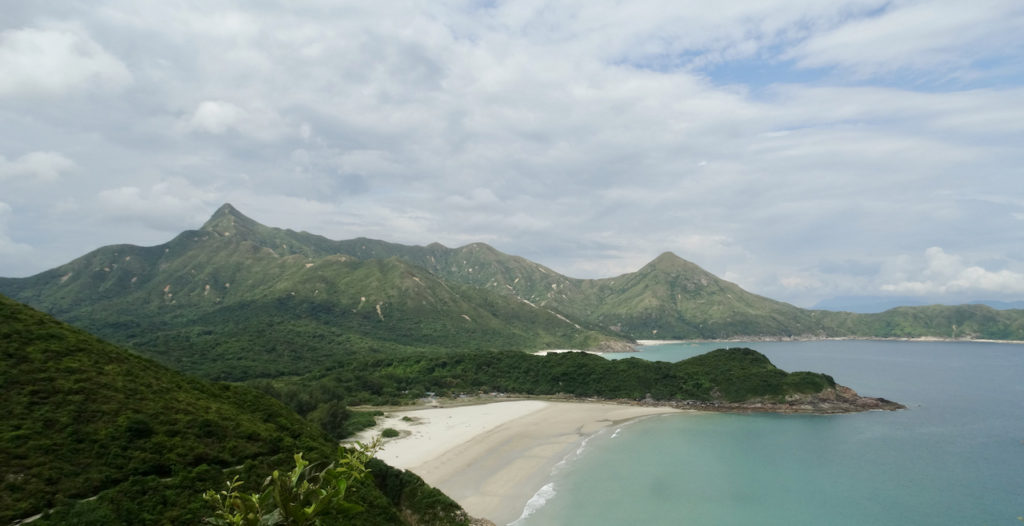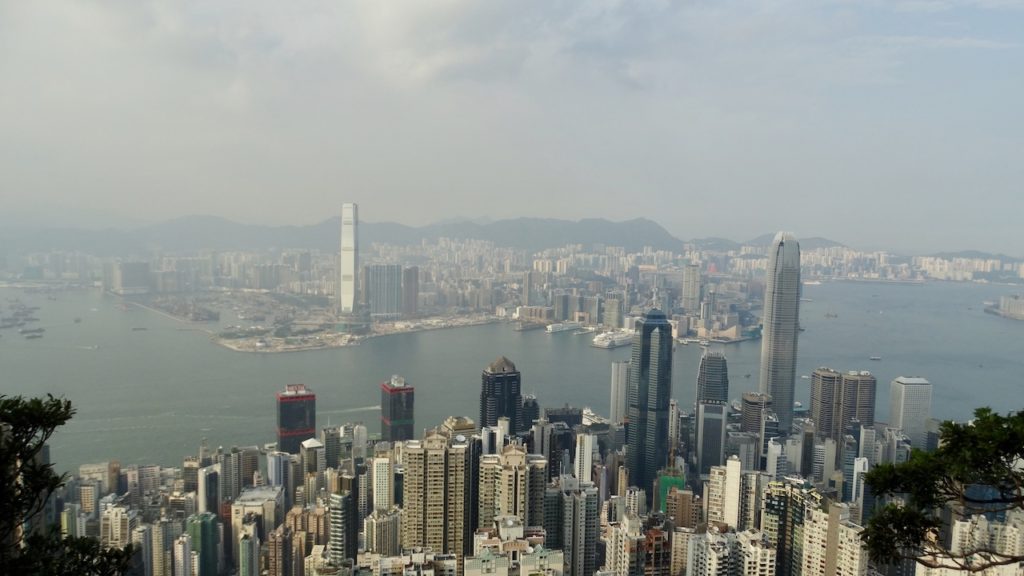HONG KONG: THE PAST AND THE PROTESTS

The recent protests in Hong Kong demonstrate the kind of collective commitment to voicing discontent that most people in the UK are incapable of. But the demonstrations have seen a tumultuous genesis, from large scale peaceful marches to smaller marauding street battles. It represents a level of violence not seen by Hong Kongers since the riots of 1967.
Fond Memories of Hong Kong
Normally, seeing somewhere I’ve been to appear on news sites and tv evokes feelings of nostalgia; I look intently for landmarks that I recognise; signposts of past encounters and feelings. The scenes of masked young people engaging the local police force in pitched battles makes me want to look away. Yet, I do so with a sense of guilt. It’s a reaction that results from an unwillingness to allow my memories of that wonderful city to be corrupted by the current, dire reality.
I prefer to reflect on the many hikes I did in its expansive territory that comprises 263 islands, countless hills, tangled forests and sandy beaches. These are offset by the more instantly recognisable features: densely populated communities, towering commercial megaliths and junk boats.
A Diverse and Complex City
On the surface, the schism in Hong Kong can seem clear cut. There are the people with ethnic links to China who are sympathetic to mainland policy; and those who proudly identify as peninsular natives and are fiercely committed to defending their liberal, democratic values. However, as an international trading hub the city is also home to people from across the globe. They ply their trade in every field imaginable, from banking and education to construction and child care.
I observed the latter group around the city during the day. They fed, entertained, placated and nurtured the children of couples at work in the business districts of Hong Kong island. Hailing mainly from the Philippines and Indonesia, you can see groups of women of all ages on their day off on Sunday. Siting on colourful mats, they enjoy abundant picnics anywhere from a verdant park, to an under pass in Causeway Bay.

A Very Scottish Protest
My only experience of confrontational protest was when the G8 summit came to Edinburgh in summer 2005. My curiosity – and long University holidays – led me to go to the centre of town with a small digital camera. Once there, I hoped to see something worth snapping, or telling someone about later.
About three hours later, a ring of police contained me and others on Edinburgh’s main shopping street. What had preceded this was a mixture of antagonism, drinking and a grown up version of the popular playground game, British bulldogs. I’d like to add that my involvement was without alcohol. But, I must admit, there was a certain thrill at being charged by a line of riot police. That was tempered by my dismay at the wanton destruction of the flower beds, trampled under foot in Princes Street gardens by both groups.
It was a far cry from the scenes in Hong Kong in recent months. There, petrol bombs, bricks, tear gas, live rounds and even medieval style weapons proliferated. The closest it got to conflagration in Edinburgh, was a slur that one of my countrymen, clutching a bottle of Strongbow, aimed at an English police officer.
Uncertain Times Ahead
It’s difficult to predict what will happen in Hong Kong over the coming months and years. It’s even harder to gauge what impact the protests will have on the political and social landscape. However, it seems likely that my experience of Hong Kong will continue to be through the prism of unrest and uncertainty portrayed by news organisations. I’d much rather it were the green islands, bustling streets and optimism that I recall from two years ago.